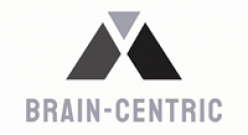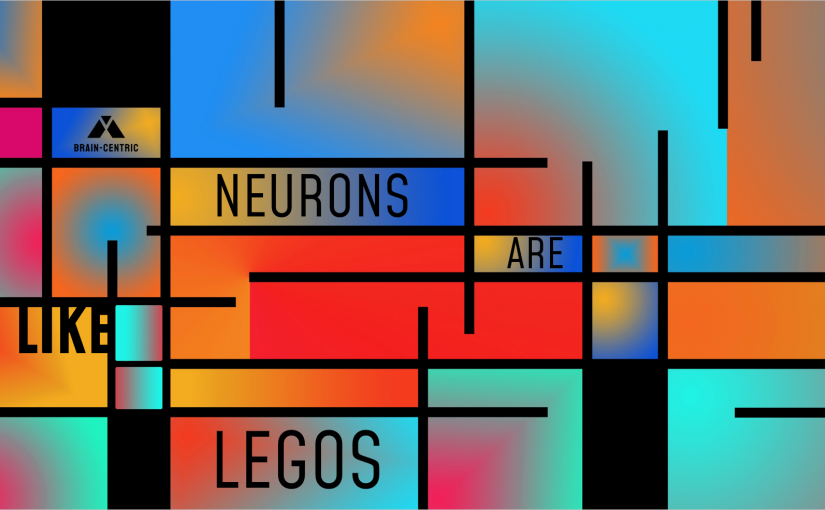How can making your audience uncomfortable help you succeed?
Answer: When you know what you’re doing.
Disequilibrium is a powerful instrument in learning and communication. But, like nuclear power, it can be used in many very bad ways. Revising your communication and teaching approach to the Brain-centric frameworks ensures the successful application of this remarkable learning instrument.
Disequilibrium in communication refers to a state where a person’s existing knowledge and understanding is challenged by new information or experiences that don’t fit into their current understanding or schema. This results in a sense of imbalance or discomfort, as they try to reconcile the new information with what they already know.
It happens in an instant, and you must manage the other side.
The concept of disequilibrium originates from the work of Jean Piaget, a Swiss psychologist known for his work on child development. Piaget proposed that learning is a process of achieving equilibrium, or a state of balance, between what we already know and what we are learning. When we encounter new information that doesn’t fit our existing understanding, it creates a state of disequilibrium.
Why should you keep reading?
Because when you are communicating to another – selling, facilitating, managing, parenting – you are doing so for a reason. You may not have literally defined the Big Idea, but you are expecting some sort of change of behavior or action to take place.
And this is where you are wrong.
Back up a couple of sentences to ‘literally defined the Big Idea’ and know that I implore all future communications not only have a defined action or behavior you expect the audience to walk away with (Big Idea), but you need to also define how you know were successful at achieving that resolve.
Disequilibrium is then very easy to implement because when you know what you want them to walk away with when you are complete with this communication, you can easy insert – at the proper time – what you want them to walk away with in it’s most unstable state.
Example: I’m teaching people to deep fry a turkey for Thanksgiving.
Disequilibrium would be to show them a house on fire. Deep frying a turkey at its most unstable state in :56-seconds of deep fried turkey accidents:
If you watched the video above, you might of thought to yourself, “Dumbasses,” “Morons,” or even, “What in the hell were they thinking?”
The great part is for you even to have one of those thoughts, you were thinking about deep frying a turkey in a safe and more informed way and their way of doing it instead of the way you would do it, even though you might not know how to do it.
Television News LIVES by this technique.
It’s the lure of every magician everywhere.
It should be in every communication that you have a well-defined goal, what they audience will walk away with, and also know how you know you were a success at doing so.
As a key learning instrument in the Brain-centric frameworks, Disequilibrium is a part of nearly every communication, strategically to align with how the brain processes information and these other key cognitive benefits:
Stimulates Learning: The discomfort or cognitive tension that comes from disequilibrium can motivate individuals to resolve the tension by seeking new information, exploring different perspectives, and learning more about the topic at hand. It essentially acts as a driver for learning.
Facilitates Deep Learning: When learners are in a state of disequilibrium, they are more likely to engage in deep learning processes, such as critical thinking and problem-solving, to resolve the inconsistencies and achieve equilibrium again. This promotes a deeper understanding of the material, rather than just surface-level learning.
Encourages Adaptability: Disequilibrium helps learners to become more adaptable and flexible in their thinking. In the process of resolving disequilibrium, learners often have to re-evaluate their existing beliefs or understandings and modify them to incorporate new information. This enhances their ability to adapt to new situations and challenges in the future.
Promotes Cognitive Development: According to Piaget, cognitive development occurs through a process of adaptation (adjusting to new information) and organization (structuring that information into a coherent understanding). Disequilibrium plays a crucial role in this process, as it signals the need for adaptation and reorganization of knowledge.


